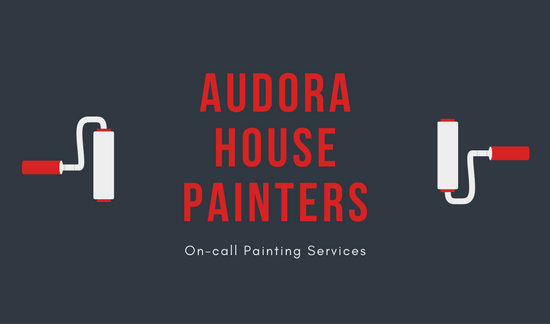The Weather Condition Plays A Critical Role In The Success Of Your Industrial Exterior Paint Project-- Find How It Can Considerably Influence Your Total Outcomes
The Weather Condition Plays A Critical Role In The Success Of Your Industrial Exterior Paint Project-- Find How It Can Considerably Influence Your Total Outcomes
Blog Article
Write-Up By-Fry Duke
When you're planning an industrial outside paint project, do not take too lightly the effect of weather condition on your results. You require to consider factors like temperature, moisture, and rainfall, as they can make or damage your paint task. For instance, did you understand that suitable problems require specific temperature level arrays and humidity degrees? Stopping working to check these elements can result in irregular surfaces or even damages to fresh paint. Recognizing these aspects is essential to attaining a durable, expert end result. So, what particular climate condition should you watch out for?
Temperature Considerations
When it comes to commercial external painting, temperature plays an essential role in the result of your task. If you're painting in extreme warm, the paint can dry out also promptly, causing concerns like bad bond and unequal surfaces. You wish to aim for temperature levels in between 50 ° F and 85 ° F for the very best outcomes. Listed below 50 ° F, paint might not treat effectively, while above 85 ° F, you risk blistering and breaking.
Timing your job with the right temperatures is crucial. Begin your work early in the morning or later in the afternoon when it's cooler, particularly throughout hot months.
Likewise, take into consideration the surface temperature; it can be considerably greater than the air temperature level, specifically on warm days. Use a surface thermometer to inspect this prior to you begin.
If temperature levels are unforeseeable, watch on the weather prediction. Abrupt temperature level declines or heat waves can derail your plans. You don't wish to start painting just to have the conditions alter mid-project.
Humidity Degrees
Humidity degrees substantially affect the success of your commercial external paint task. When the moisture is too expensive, it can prevent paint drying out and curing, resulting in a series of issues like poor bond and finish top quality.
If you're preparing a task throughout moist problems, you might discover that the paint takes longer to completely dry, which can expand your project timeline and increase expenses.
Conversely, reduced humidity can likewise present challenges. Paint may dry out also rapidly, avoiding correct application and leading to an uneven coating.
You'll want to keep track of the humidity degrees carefully to ensure you're functioning within the suitable variety, usually in between 40% and 70%.
To obtain the very best outcomes, think about utilizing a hygrometer to measure humidity before beginning your task.
If you locate the levels are outside the ideal range, you may need to readjust your timetable or pick paints made for variable conditions.
Always seek advice from the supplier's standards for details referrals on moisture tolerance.
Precipitation Effect
Rainfall or snow can significantly interrupt your commercial outside paint strategies. When rainfall happens, it can remove newly applied paint or create an irregular surface. Ideally, you intend to pick days with completely dry climate to guarantee the paint sticks appropriately and treatments efficiently. If you're caught in a rain shower, it's finest to stop the task and await problems to improve.
Additionally, snow can be much more destructive. Not just does it create a wet surface, but it can additionally lower temperature levels, making it tough for paint to dry. This can bring about problems like peeling or blistering down the line.
It's critical to check the weather prediction before beginning your job. If rain or snow is forecasted, consider rescheduling.
Always keep in mind to allow appropriate drying out time in between layers, particularly if the climate stays unforeseeable.
Final thought
In conclusion, watching on the weather condition is important for a successful commercial exterior paint job. By monitoring https://brick.com/paint-or-not-paint-here-are-5-tips-painting-brick-walls , humidity, and precipitation, you can guarantee the most effective conditions for application and healing. Keep in mind to plan your work around beneficial weather and constantly comply with producer standards. With the ideal technique, you'll achieve a durable, lovely finish that can hold up against the components. Do not let the weather condition catch you off guard-- stay educated and paint smart!
